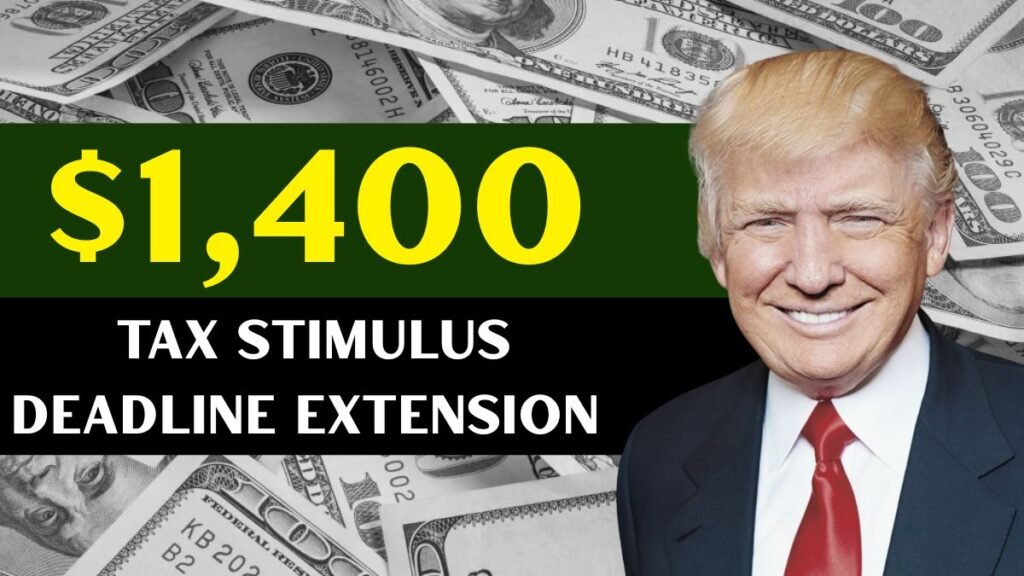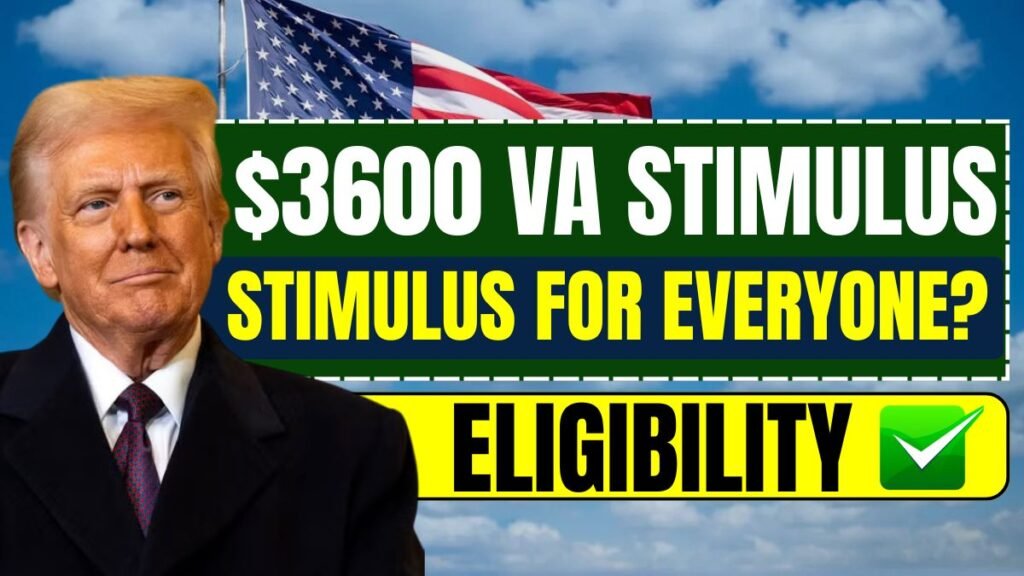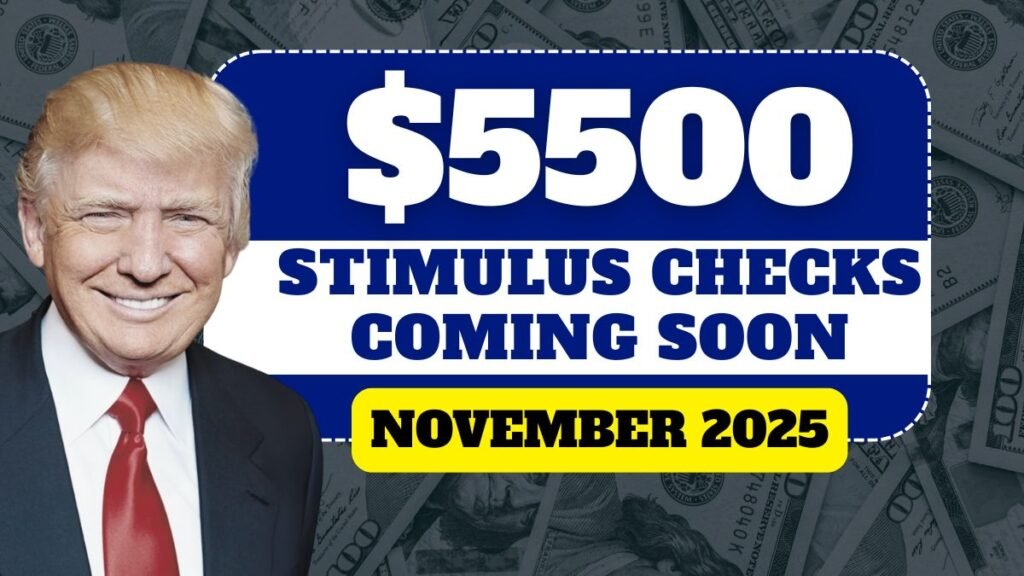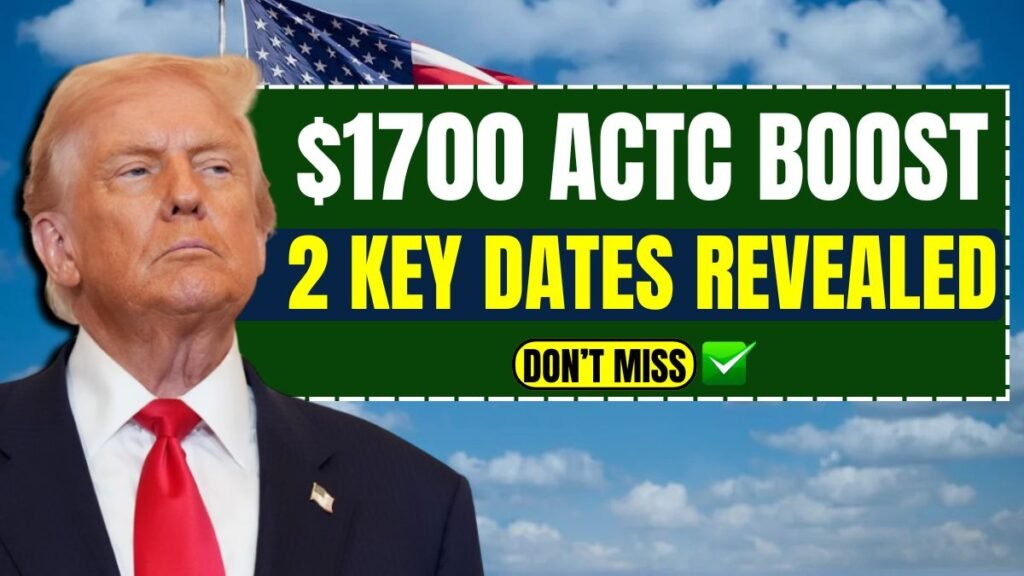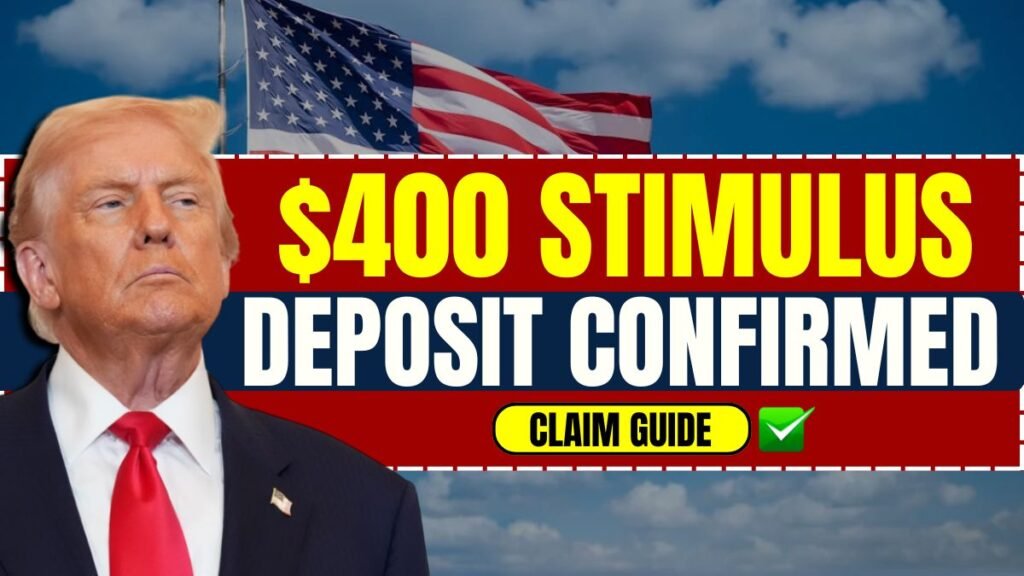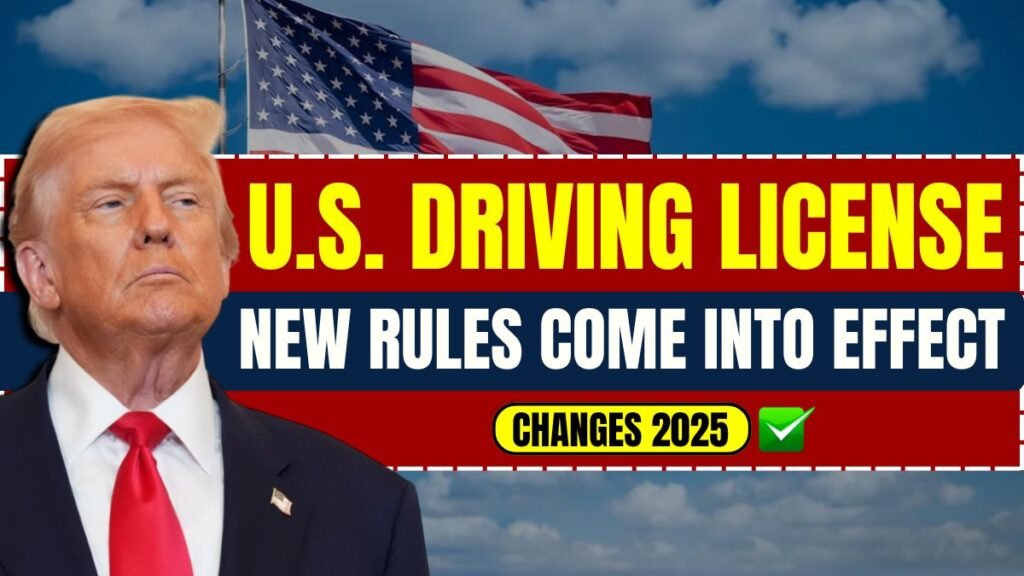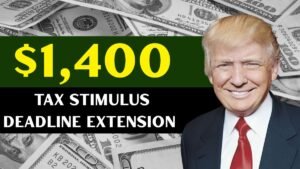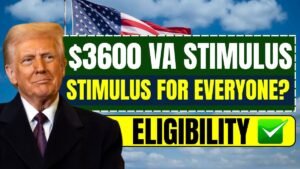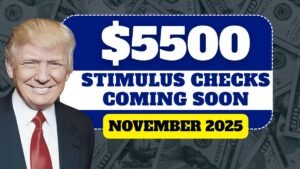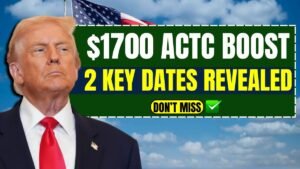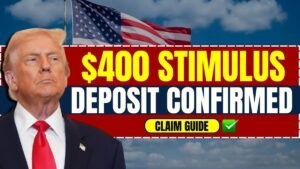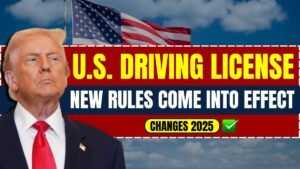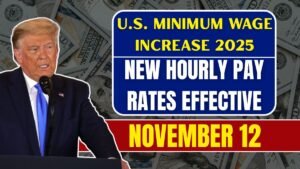A heated debate has once again erupted in the United States regarding economic relief and financial security. Amidst rising inflation, sluggish economic growth, and increasing costs for families, former President Donald Trump has introduced a new proposal that has captured national attention. Under this plan, American citizens could receive direct stimulus checks ranging from $1,000 to $2,000 by November 2025. What makes this proposal unique is that the relief would not be funded through government debt or inflationary spending, but rather from funds collected through tariffs imposed on imports.
Table of Contents
National Dividend Program: A New Model for Relief
Trump has named his new plan the “National Dividend Program.” Under this program, funds collected from import tariffs imposed on China, Mexico, and other trading partners would be distributed directly to American families. Trump claims this move demonstrates “Americans‘ money going back to Americans.”
The biggest advantage of this model is that it does not involve any new debt. The government would not need to print money or borrow heavily from financial markets at high interest rates. This would provide immediate relief to people without adding further pressure on the economy.
Economic Stimulus Under the ‘America First’ Agenda
Trump presented this proposal on October 2, 2025, during an election rally in Pennsylvania. He clearly stated that this plan is part of his “America First” vision. Its aim is to achieve two major goals:
- To promote American industry and manufacturing
- To distribute income generated from foreign trade to American families
The Republican Party estimates that if this proposal is passed by Congress, approximately $500 billion would be injected into the American economy. This amount would provide relief to families struggling due to slow GDP growth (2.1%) and persistently high inflation.
Where will the money come from and how will it be distributed?

According to the Treasury Department, approximately $80 billion has been collected from import tariffs since July 2025. This amount is reportedly enough to provide a first installment to approximately 150 million American citizens.
However, some economists say this could be a “strange economic cycle.” Their concerns are:
- When taxes on imports increase, goods become more expensive.
- This could increase inflation by 0.5% to 1%.
- As inflation rises, the real value of the checks people receive could decrease.
Something similar was observed during the Biden administration in 2020–2021.
Immediate Benefits vs. Long-Term Challenges
Experts believe that these checks of $1,000 to $2,000 will immediately boost consumer spending. People will shop, meet household needs, and increase market activity. But if rising prices offset this, the long-term effect could be neutral.
According to Fortune magazine, if the US implements a 10% general tariff, it could generate up to $200 billion in additional revenue annually. This would allow the government to issue checks in two phases. But countries like China and Mexico have already warned of retaliatory measures against this move.
Political Reaction and Controversy
Trump’s plan is receiving significant support on social media and in conservative media. Supporters are viewing it as a “tax refund without raising taxes.“
But Democratic leaders have called it a political stunt.
- Nancy Pelosi said the plan was designed to gain electoral advantage.
- She also argued that people without bank accounts would not be able to receive this relief.
- Some experts are also saying that this could further strain America’s trade relations.
Global and Domestic Impact
The impact of this plan is not limited to within the US. If the money collected from tariffs is distributed directly to citizens, it could bring about a major shift in global trade policies.
Potential effects:
- Changes in inflation: Spending will increase, but imported goods will become more expensive.
- Global Trade Relations: The reactions of countries like China and Mexico will be crucial.
- Political Implications: This plan could become a strong political message ahead of the elections.
When will the IRS begin payments?
If the Republican-majority Senate approves this proposal, the IRS could begin payments via direct deposit as early as November 2025. This means many people could receive checks of $1,000 to $2,000 as early as next month.
Conclusion: Short-Term Relief, Long-Term Questions
This tariff-funded stimulus check plan could provide immediate relief to American families.
However, its long-term effects—such as inflation, increased import costs, and global trade tensions—are still debated among experts.
For now, the most important things for American citizens are:
- Whether Congress approves this proposal
- And when the IRS begins the payment process
If all procedures are completed on time, approximately 150 million American citizens are expected to receive stimulus checks of $1,000–$2,000 by November 2025.
FAQs
Q. Is the $2,000 November 2025 stimulus payment real?
A. No. There is no new $2,000 stimulus approved by the U.S. government.
Q. Who is getting payments in November 2025?
A. Only people receiving regular Social Security, SSI, SSDI, or VA benefits will get their normal monthly payments.
Q. Is this payment similar to the COVID stimulus checks?
A. No. There is no new relief program or emergency stimulus announced.
Q. Will every American get money automatically?
A. No. Only eligible federal beneficiaries receive their routine payments.
Q. Should I fill out any forms or links claiming $2,000 payments?
A. No. Most of these claims are false or scam-related. Always verify information from official sources.

